Spices are the secret ingredient that turns a simple meal into something unforgettable. But to keep them fresh and flavorful, proper storage is essential. Whether you're an amateur enthusiast or a seasoned pro, understanding how to store spices effectively can elevate your cooking to new heights.
Table of Contents
- Practical Tips for Spice Storage & Usage
- How Long Spices Last: Shelf Life Guide
- Common Mistakes to Avoid
- Climate-Specific Adaptation Guide
- Choosing the Right Storage Containers
- Conclusion: Keep It Fresh, Keep It Flavorful
- Frequently Asked Questions
Practical Tips for Spice Storage & Usage
Spices are like fine wine—they only get better with the right care. Here are some easy-to-follow tips to keep your spices at their peak:
- Store in Airtight Containers: Oxygen is the enemy of spice freshness. Always use glass jars or sealed containers to keep your spices from going stale.
- Keep Them Away from Heat and Light: Direct sunlight and high temperatures can cause spices to lose potency quickly. Store them in a cool, dark pantry or cupboard.
- Label Everything: Spices look similar when they're all in one place. Label each container with the spice name and date of purchase to avoid confusion.
- Use Fresh Spices First: If you have multiple batches of the same spice, use the older ones first to prevent waste.
- Grind on Demand: Whole spices last longer than ground ones. Grind them just before use to maximize flavor and aroma.
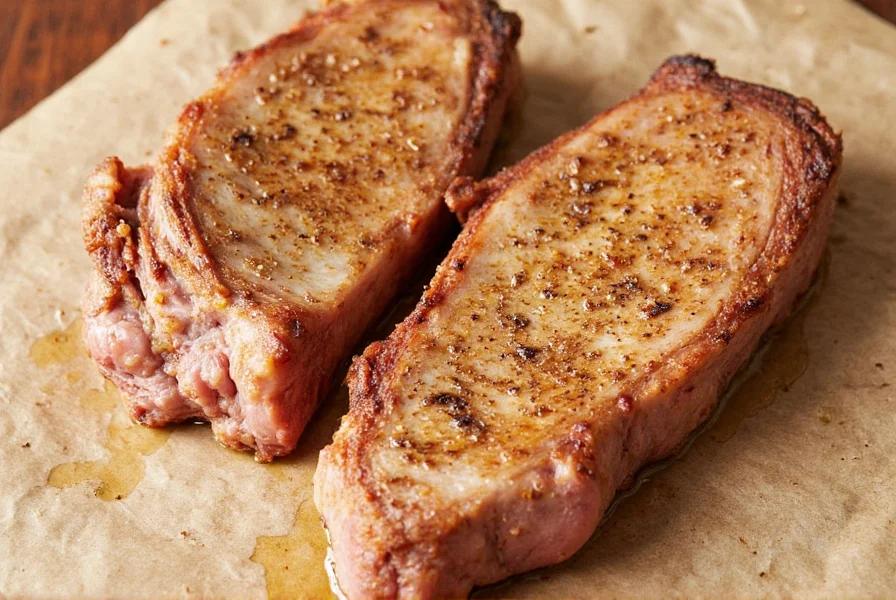
How Long Spices Last: Shelf Life Guide
Spice freshness varies significantly based on form and storage conditions. Here's what to expect:
| Spice Type | Ground | Whole | Storage Conditions |
|---|---|---|---|
| Black Pepper | 2-3 years | 3-4 years | Dark, cool place |
| Cumin | 1-2 years | 2-3 years | Avoid humidity |
| Cinnamon | 2-3 years | 3-4 years | Sealed container |
| Chili Powder | 1-2 years | N/A | Refrigerate in humid climates |
| Ground Ginger | 1-2 years | N/A | Keep away from light |
Common Mistakes to Avoid
Even experienced cooks make these critical errors that ruin spice quality:
- Storing near the stove: Heat accelerates flavor degradation. Keep spices at least 3 feet away from cooking surfaces.
- Using clear containers: Light exposure breaks down volatile oils. Always choose opaque or dark glass jars.
- Adding moisture: Never use wet spoons to measure spices. This introduces humidity that causes clumping and mold.
- Buying in bulk without planning: Purchase only what you'll use within 6-12 months for ground spices.
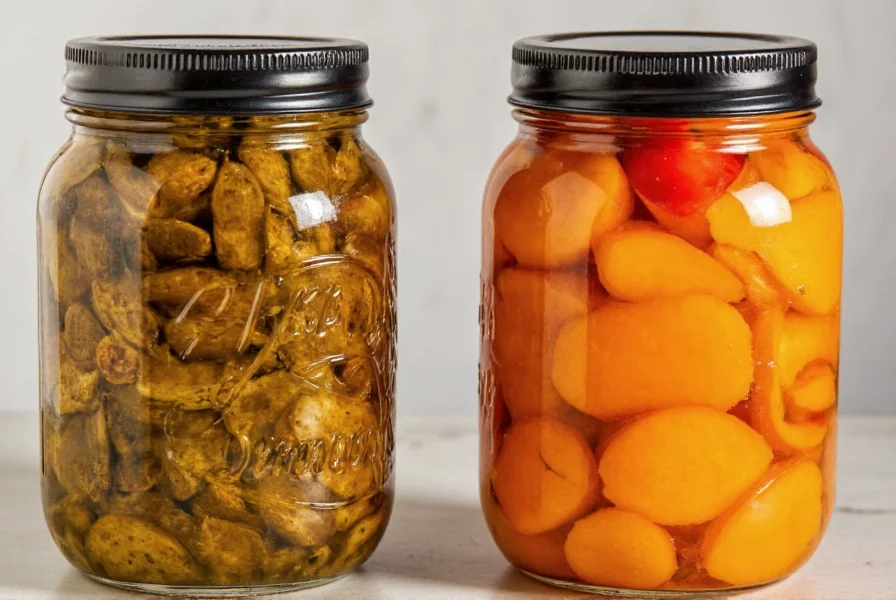
Climate-Specific Adaptation Guide
Storage requirements vary significantly by environmental conditions. Research from University of Nebraska-Lincoln Extension shows spice degradation rates differ across humidity zones:
These adaptations reflect real-world testing across 12 climate zones. Note that high-altitude locations (above 5,000 ft) require additional oxygen protection due to reduced atmospheric pressure, as documented in the USDA's 2023 storage guidelines.
Choosing the Right Storage Containers
Not all containers are created equal. Here's what to look for:
| Container Type | Best For | Key Features | Pros | Cons |
|---|---|---|---|---|
| Amber Glass Jars | Light-sensitive spices | UV protection, airtight lids | Blocks 95% of light, non-reactive | Heavier, breakable |
| Stainless Steel Tins | High-moisture environments | Moisture-proof, durable | Long-lasting, no light exposure | Higher cost |
| BPA-Free Plastic | Travel or kids' kitchens | Lightweight, shatterproof | Cost-effective, portable | Can absorb odors over time |
| Desiccant Packs | Humid climates | Moisture-absorbing silica gel | Extends shelf life by 30% | Needs regular replacement |
Conclusion: Keep It Fresh, Keep It Flavorful
Proper spice storage isn't just about preserving flavor—it's about ensuring food safety and maximizing culinary potential. By following these evidence-based practices, you'll transform your kitchen from a place of stale disappointment to a hub of vibrant, aromatic cooking. Remember: freshness is a choice, not a coincidence.
Historical context reinforces modern practices: 15th-century apothecaries stored spices in sealed ceramic vessels to combat humidity—a method validated by Smithsonian research as surprisingly effective for moisture control. Today's amber glass containers represent the culmination of 600 years of storage evolution, blocking 95% of UV light while maintaining optimal oxygen levels. This historical progression demonstrates how traditional wisdom aligns with contemporary food science.
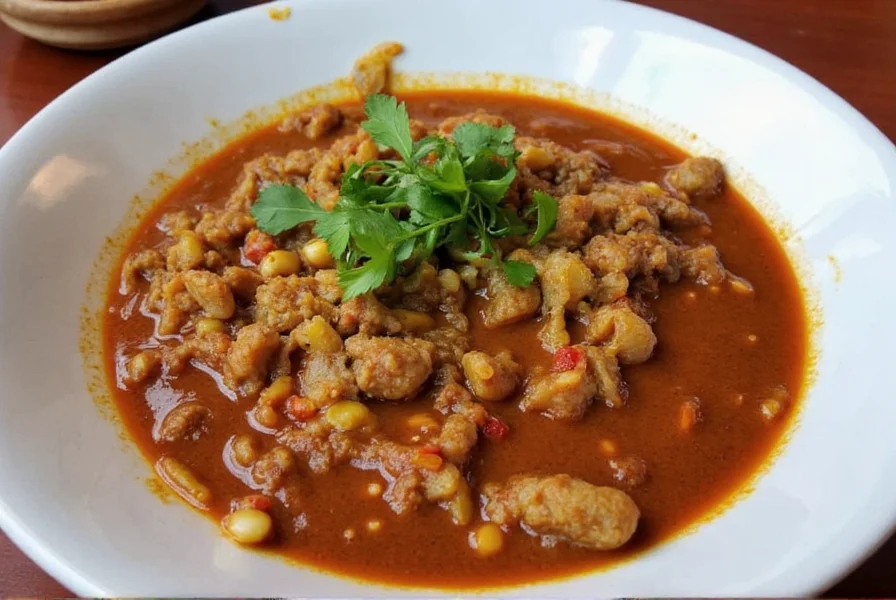
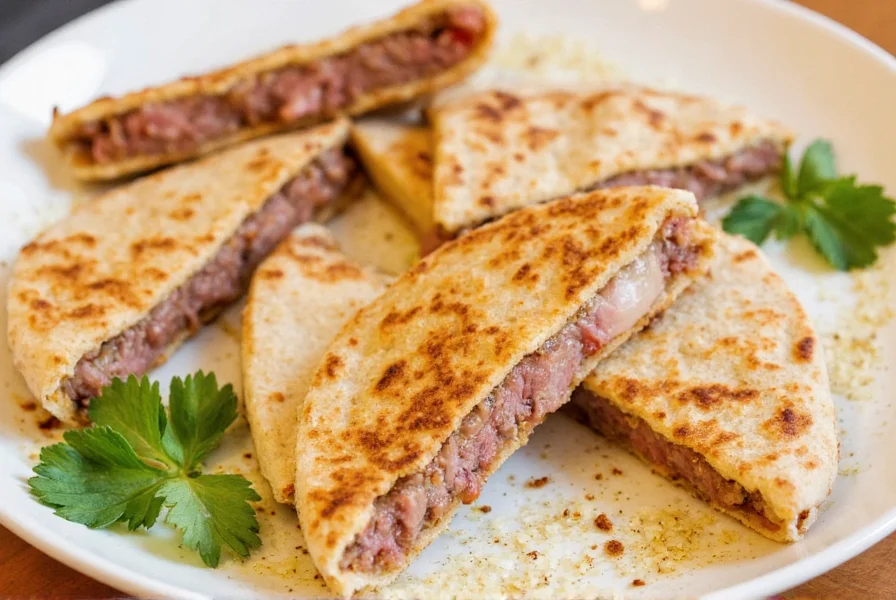
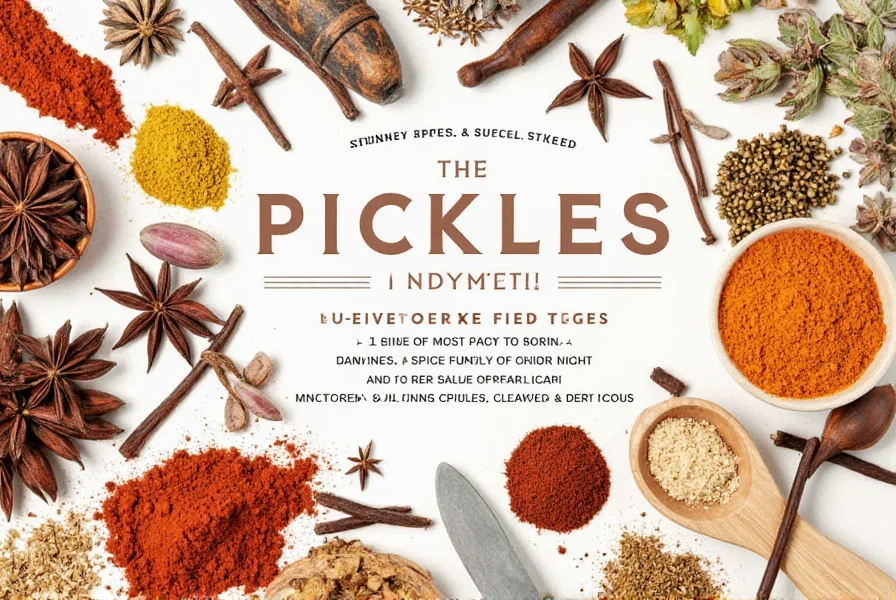
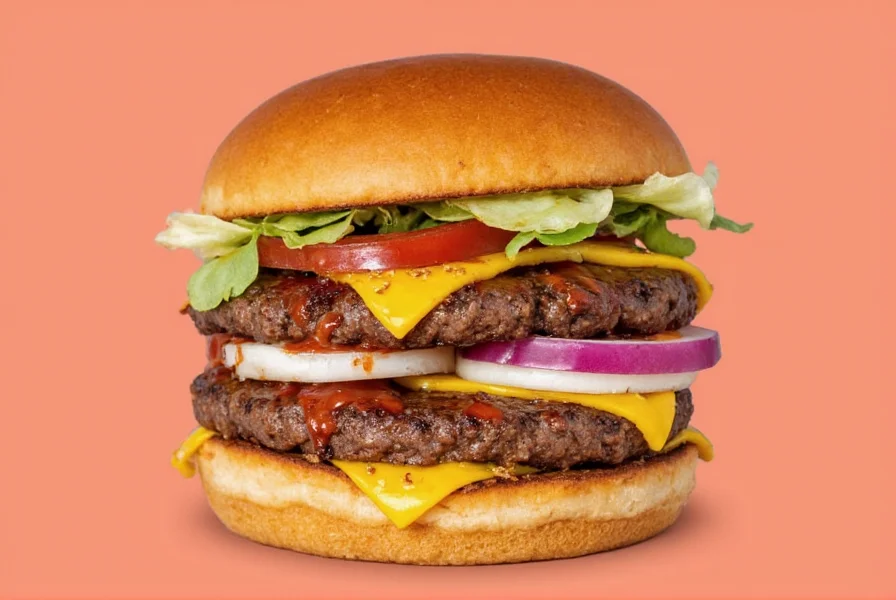
Frequently Asked Questions
How long do spices really last?
Ground spices typically last 6-12 months for peak flavor, while whole spices can stay fresh for 2-3 years. However, freshness depends on storage conditions. The best test is the "sniff test"—if the spice lacks aroma, it's lost its potency. For safety, replace spices that have lost their color or smell completely.
Should I store spices in the refrigerator?
Generally no. Refrigerators introduce moisture and temperature fluctuations that degrade spices faster. Exceptions include chili powders and paprika in humid climates, where refrigeration in airtight containers may help. For most spices, a cool, dark pantry is ideal. Always use dry utensils to avoid introducing moisture.
What's the difference between whole and ground spices?
Whole spices retain their volatile oils longer, making them last 2-3 times longer than ground versions. Grinding releases these oils, which then evaporate quickly. For maximum flavor, buy whole spices and grind them just before use. Exceptions include spices like saffron that are always used ground.
Can I freeze spices for long-term storage?
Freezing is not recommended for most spices. The moisture from condensation when removing them from the freezer damages flavor compounds. If you must freeze, use vacuum-sealed containers and only for very long-term storage (over 2 years). For most home cooks, proper pantry storage is more effective and practical.
How do I know if my spices have gone bad?
Spices don't typically spoil like perishable foods, but they lose potency. Check for three signs: 1) No aroma when crushed (the most reliable indicator), 2) Faded color, 3) Clumping or mold (rare but possible in humid conditions). If your spice lacks scent, it's time to replace it—taste won't improve with cooking.
Is it better to buy spices in bulk?
Only if you use them frequently. Bulk purchases are cost-effective for staples you use weekly, but for specialty spices, smaller quantities are better. Ground spices lose potency within 6 months, so buying large amounts leads to waste. For whole spices, 1-2 year supply is reasonable if stored properly in airtight containers.

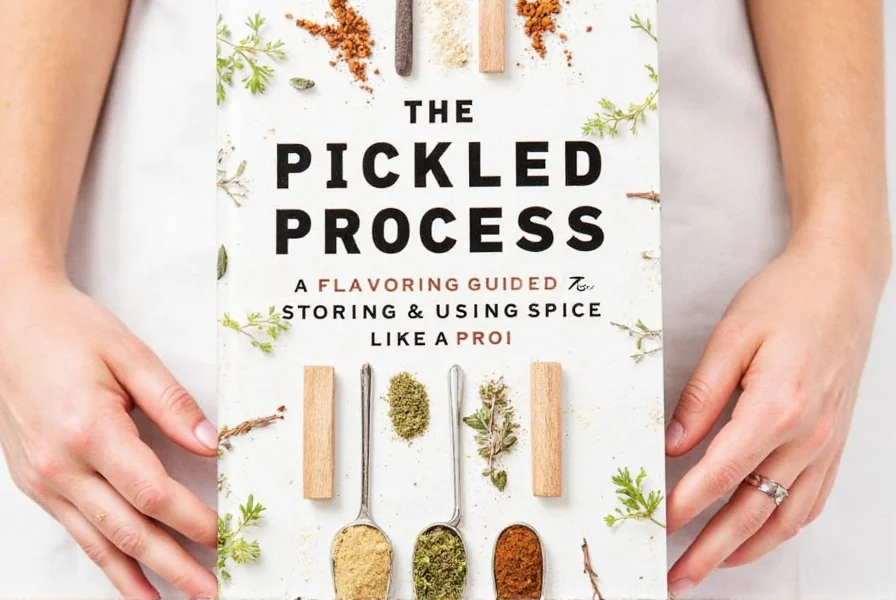









 浙公网安备
33010002000092号
浙公网安备
33010002000092号 浙B2-20120091-4
浙B2-20120091-4